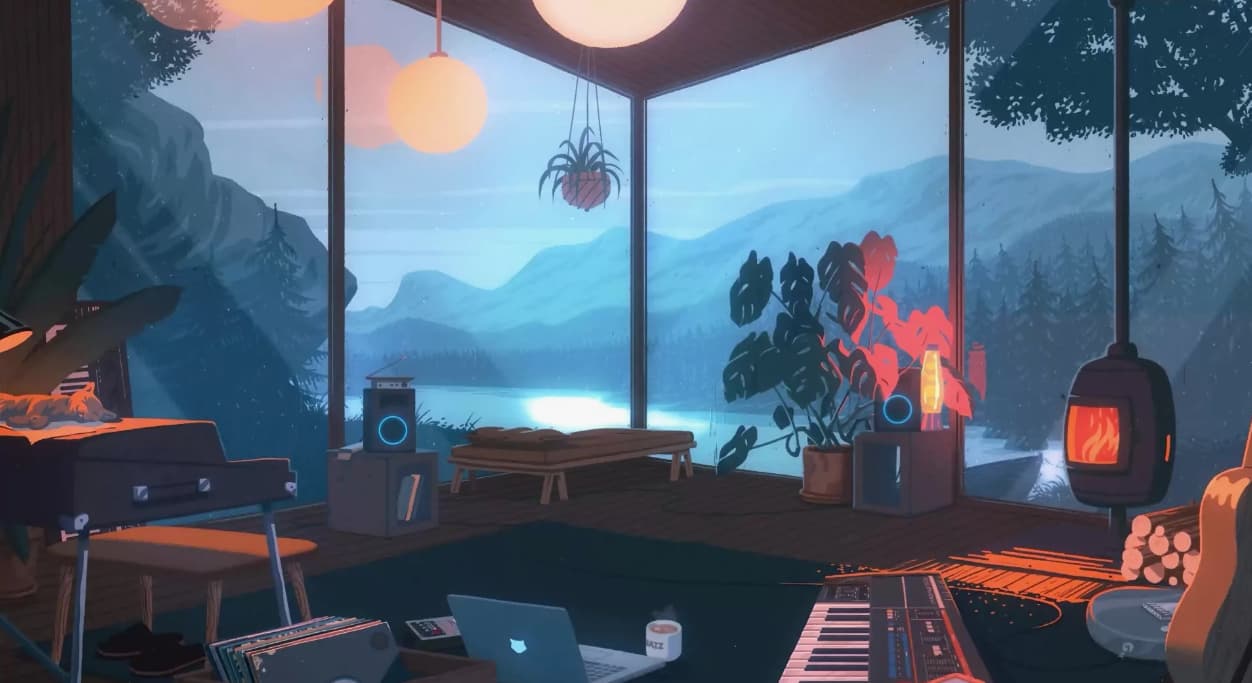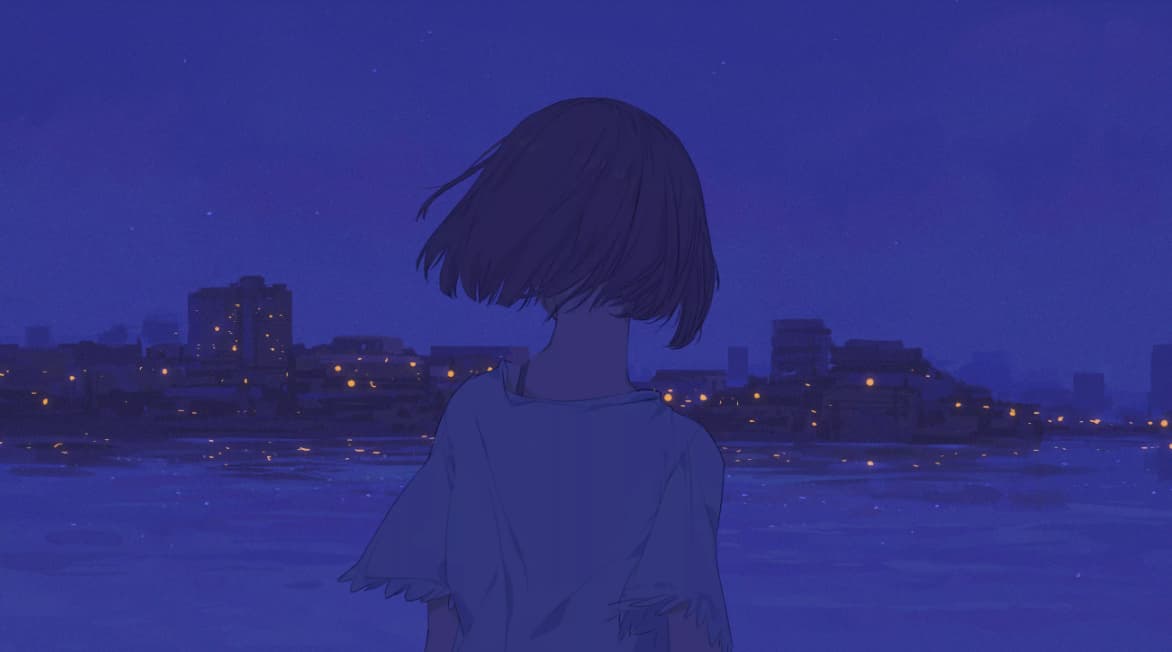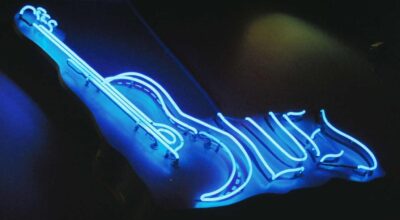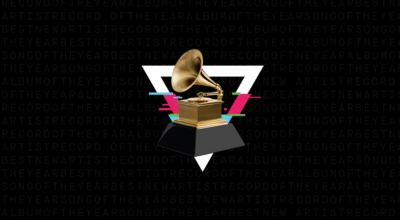Lo-fi music is a genre characterized by its low-fidelity recording techniques and equipment. The term “lo-fi” stems from “low fidelity,” indicating that the sound quality may not be as pristine as conventional recordings. Often referred to as DIY (do it yourself) or indie rock, lo-fi artists typically produce their music independently, without the backing of record labels or producers.
Origins and Essence
The roots of lo-fi can be traced back to the 1960s, with the widespread availability of home recording technology, notably pioneered by companies like Sony. This genre aims to capture the raw, unpolished essence of human experience, embracing imperfection and the complexities of emotion.
Notable Artists
Several influential artists have left their mark on the lo-fi music scene, including The Velvet Underground, My Bloody Valentine, Pavement, Sebadoh, and Yo La Tengo. Their contributions have helped shape and define the genre over the years.
Instrumentation and Creation
Lo-fi artists employ a variety of instruments, including guitars, basses, drums, synthesizers, drum machines, and samplers. These tools contribute to the genre’s distinctive sound, characterized by its stripped-down, DIY aesthetic.
Themes and Lyrics
Lo-fi music often explores introspective themes, inviting listeners to delve into their own emotions and reflections. Nostalgia is another prevalent motif, evoking genuine and heartfelt reminiscences of the past. Additionally, feelings of alienation and disconnection from society frequently find expression in the genre’s lyrical content, providing a cathartic outlet for artists and listeners alike.

Genre Crossovers
Within the realm of lo-fi music, there exists a variety of distinct subgenres, each with its own unique characteristics. Let’s explore some of the most notable ones:
Shoegaze
Shoegaze introduces dreamy vocals and distorted guitars to create an atmospheric soundscape, akin to indie rock but with more effects pedals and without drums. Pioneered by acts like Slowdive and My Bloody Valentine in the late ’80s and early ’90s, newer artists like Beach House and Wye Oak continue to explore this genre.
Noise pop
This genre blends elements of shoegaze with lo-fi production techniques, resulting in catchy yet experimental music that appeals to a wider audience. Artists such as No Age and Deerhunter embody this style.

Recent Revival
In recent years, there has been a resurgence of interest in lo-fi music, thanks to artists like Mac DeMarco and Ariel Pink who have incorporated elements of this genre into their music. Washed Out’s album Paracosm (2014) is a notable example, drawing inspiration from Brian Eno’s Music for Airports (1978).
Live Performances
Experiencing lo-fi music live adds another dimension to its allure. Whether at DIY venues or festivals, live shows offer a unique opportunity to immerse yourself in the genre’s atmosphere. Additionally, podcasts dedicated to lo-fi music provide insights into artists’ work and showcase samples of their songs.
Conclusion
The impact of lo-fi music on the industry has been profound, and its influence will endure for years to come. Defined by its simplicity, lo-fi allows anyone to create their own tracks at home with minimal equipment or musical experience.
This accessibility has empowered countless aspiring artists to share their work with the world and achieve success without formal training in music theory.

